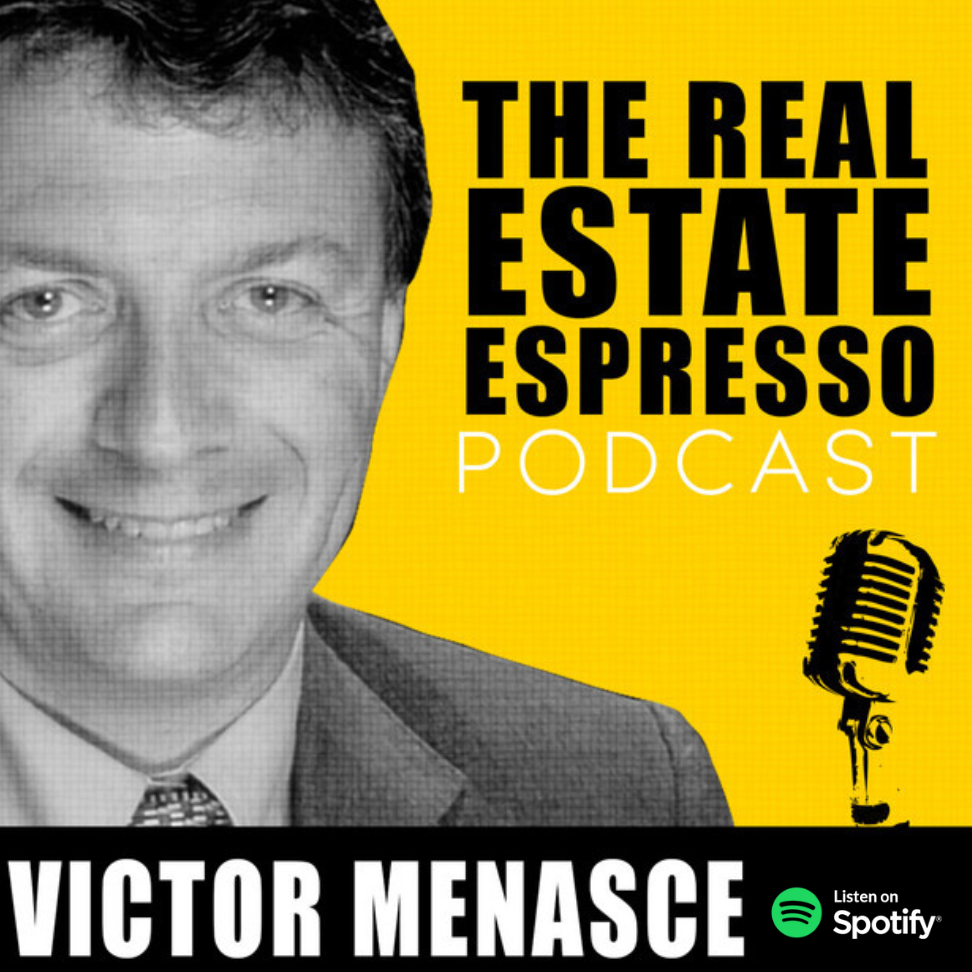Lots has been said about the history in the making, how we’re at an unprecedented time in history.
My parents grew up during the depression. While they both came from affluent families, my grandfather on my father’s side was a pharmacist, and on my mother’s side was an industrialist and inventor who ran several paper factories. Then WWII broke out and my parents came to NYC in 1939 with next to nothing.
Those years shaped a generation. People saved money. They didn’t spend. They kept spare parts that might be re-used someday if something broke. They even kept broken parts that might be re-used someday if a new part needed to be somehow manufactured. I never quite understood that one. My father would save scraps of paper and write the shopping list on them. He would save used envelopes and take notes on them.
Here we are in 2020. New patterns are being shaped. People have avoided human contact for nearly 90 days. Use of social media and online services have exploded. We’ve become more disconnected and Attention Deficit as a society. Alcohol consumption has increased in many communities.
The powerful lesson from 2020 is that anything can change, dramatically, at any time. Your business might be performing well one day, and shut down the next. You can’t have a plan that you can count on.
Over the past 50 years, we’ve had a continual, steady increase of debt. But since debt is borrowing from the future to make money available today, it only makes sense to borrow if you’re certain about the future.
Those companies that have the most debt, are those in the greatest difficulty during this period of economic disruption. Some of the largest organizations are entirely debt funded. They felt really certain about the future. But we know the future is uncertain. It didn’t take a pandemic to teach us that. The signs were there before. But only now are people really understanding uncertainty on a large scale.
Will people and businesses change their pattern of indebtedness in the future? Our entire banking system depends on people borrowing money. If people start saving and living within their means, how will that affect the economy over the long term?
The number of parents consumed by guilt that they can’t handle work and home-schooling their children. Some students are refusing to go to university until in-person classes resume.
Our society has pushed the elderly into care homes when the kids could no longer look after aging parents. The pandemic has injected a wave of fear across the entire industry. Assisted living homes are forcing new residents to quarantine for 14 days before coming into the home. For many who have high needs, a 14 day quarantine is a practical impossibility. The way we care for our parents may change. How it may change, remains to be seen. We won’t know for some time.
We have children of school age for whom their schooling experience has been majorly disrupted. Those in their high school years will feel this most acutely.
The millions of job losses will impact teenagers getting their first job. Those patterns of enterprising young adults entering the workforce are being disrupted during the formative years. Instead of mowing the neighbor’s lawn, they’re home playing video games or watching movies.
Many people are spending a lot more time in sedentary activities. They’re not getting out and exercising. The gyms have been closed and many are scared to go back even when they do open. The swimming pool is now a lot less important as an amenity.
These are all new patterns in the making. The longer these patterns take root, the more difficult it will be to establish new healthy patterns.



